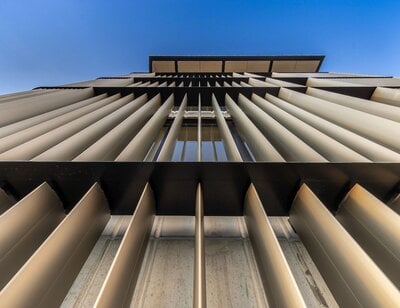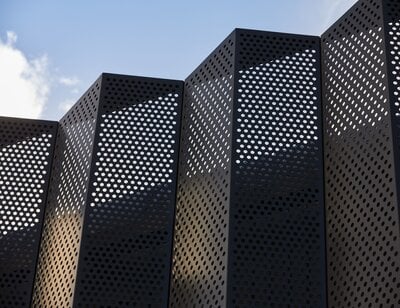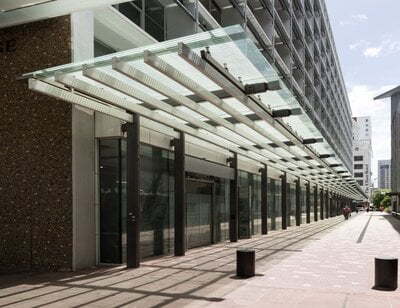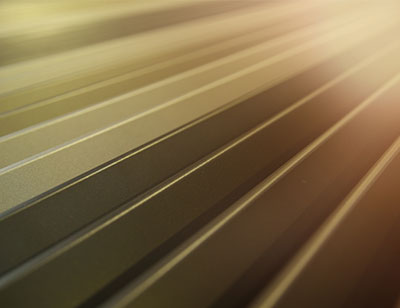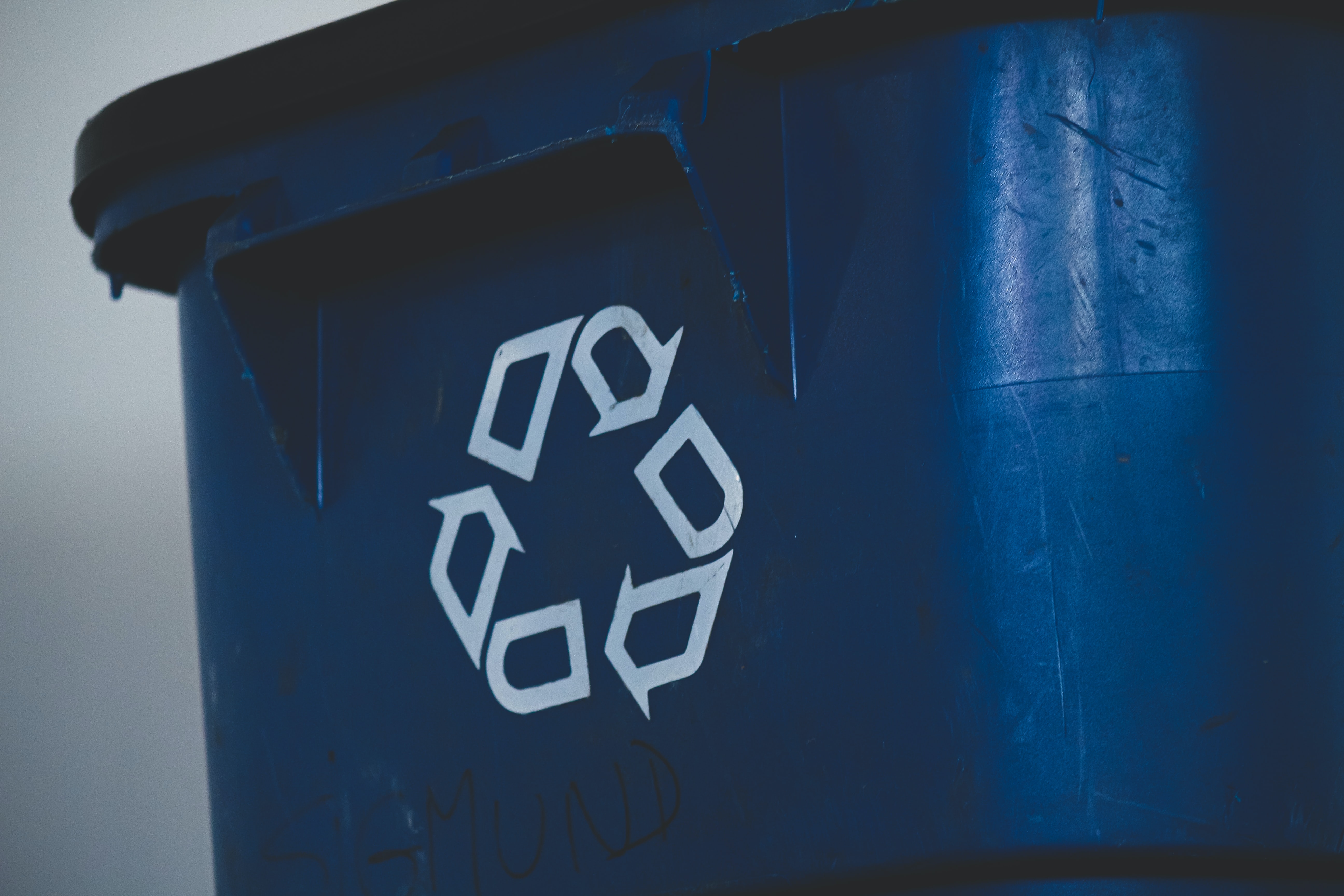
There are a number of conversations to be had around sustainability and one of them is about what we do with our aluminium waste.
Waste is certainly unavoidable in manufacturing. There may be a few exceptions but for the most part, making something means making waste. When this happens, it's what we then make of that waste which is important.
In our case, we're involved in the design and manufacture of some relatively large scale facades. Any given job may include up to 100 tons of aluminium. With intricate designs, holes and patterns, it's impossible to use every inch of aluminium. There are obvious cut efficiencies from using as much as possible, which is driving motivation in itself. However, it all would be impossible. Even when it comes to extruded aluminium for louvre profiles there will always be some waste, even if it is just a very small percentage from machining the ends to ready them then for placement on a building.
Aluminium waste comes in various shapes and sizes. The smaller, the better (as it means we use the material as efficiently as possible). But there’s always some. If you take a walk through our manufacturing base in Invercargill, you’ll see aluminium everywhere. Well, not everywhere as we’re running a tidy operation. You get the idea though. Aluminium will be in various forms, from large sheets through to the smallest swarf spit out from tooling. This tiny swarf will, no matter how hard you try to prevent it, find its way to various parts of the building. Transported on the soles of shoes, some will get stuck on the adhesive flooring placed in the corridor between the factory and offices.
But for the majority of aluminum swarf (we can’t pretend we ever round up 100% of it) it is found, brushed and collected. Placed in bins, along with larger off-cuts and pieces of aluminium waste, this swarf is destined for bigger things. We mean this quite literally. All of our aluminium waste is destined to be recycled and used again in some shape and form (all of them larger than the swarf collected).
Aluminium has a number of advantages when it comes to recycling and these help drive recycling efforts, not only in our own operation but elsewhere as well. For our part, those bins of aluminum waste serve several purposes. They help our environmental endeavors, with aluminium being infinitely recyclable. So much so, it’s estimated that around 75% of aluminium ever produced is still in use. In excess of 90% of aluminium used in building construction is recycled at the end of use.
The second driver of recycling is economic. Aluminium commands a price. It’s worth something. This is a key difference between aluminium and other materials which are infinitely recyclable, such as glass. With glass, there’s no real driver for mass recycling or to use recycled glass. The cost of sorting, processing and producing recycled glass (whilst beneficial to the environment) provides little fiscal incentive for the recycler. In many cases, the cost of recycling outweighs the price they receive for cullet. For companies who use glass in building construction, there might be concerns over the quality of recycled glass or the cost differential between first-use glass and recycled glass isn't great enough for recycled glass to be used. In terms of sustainability, glass also falls down when it comes to the end of building life. Given the low value of glass cullet, building glass is simply crushed together with other building materials and destined for the landfill. It’s almost never recycled.
We digress a little but it’s worth noting. We can be relatively confident any waste from our manufacturing processes will find another use, in another product and another place. Then once it’s finished serving that new purpose, it’ll very likely be used again in a different shape, form and place. And so on.
Something else worthy of note is the source of aluminum. Whilst we know our waste is recycled and we can be confident the downstream sustainability is good, many will point to what happens before we even receive aluminium and the smelting process.
It’s certainly true that not all aluminium is created equal. For us, we almost exclusively use what’s called green aluminium. With green aluminium, the electricity for smelting is supplied from renewable energy sources, such as is the case with Tiwai Point, which relies on hydro-power. A report by the Energy Research Consultants at Wood MacKenzie, highlights the difference between black and green aluminum as measured by the cradle-to-gate emissions (t C02e). When aluminium is produced in a smelter such as Tiwai, the emissions are typically around ⅓ of those from smelters powered by coal.
To digress again quickly, we’re hopeful a new process will make some dramatic changes to the smelting process so our source of aluminium becomes even more green. Elysis is a joint venture between Alcoa and Rio Tinto, supported by the Canadian Government and Apple, is pioneering the use of Inert anode technology. To cut to the chase, it removes all greenhouse gases from the smelting process and the only by-product is oxygen. Apple has already purchased and is using some of this carbon free aluminium in its products.
Back to the initial thrust of this blog. Our aluminum waste is collected and recycled. From there, it’s destined to find another life. Indeed, that soft drink can in your office just might be made with the waste from our factory floor. You should be ok though...it is a very clean factory floor after all.

